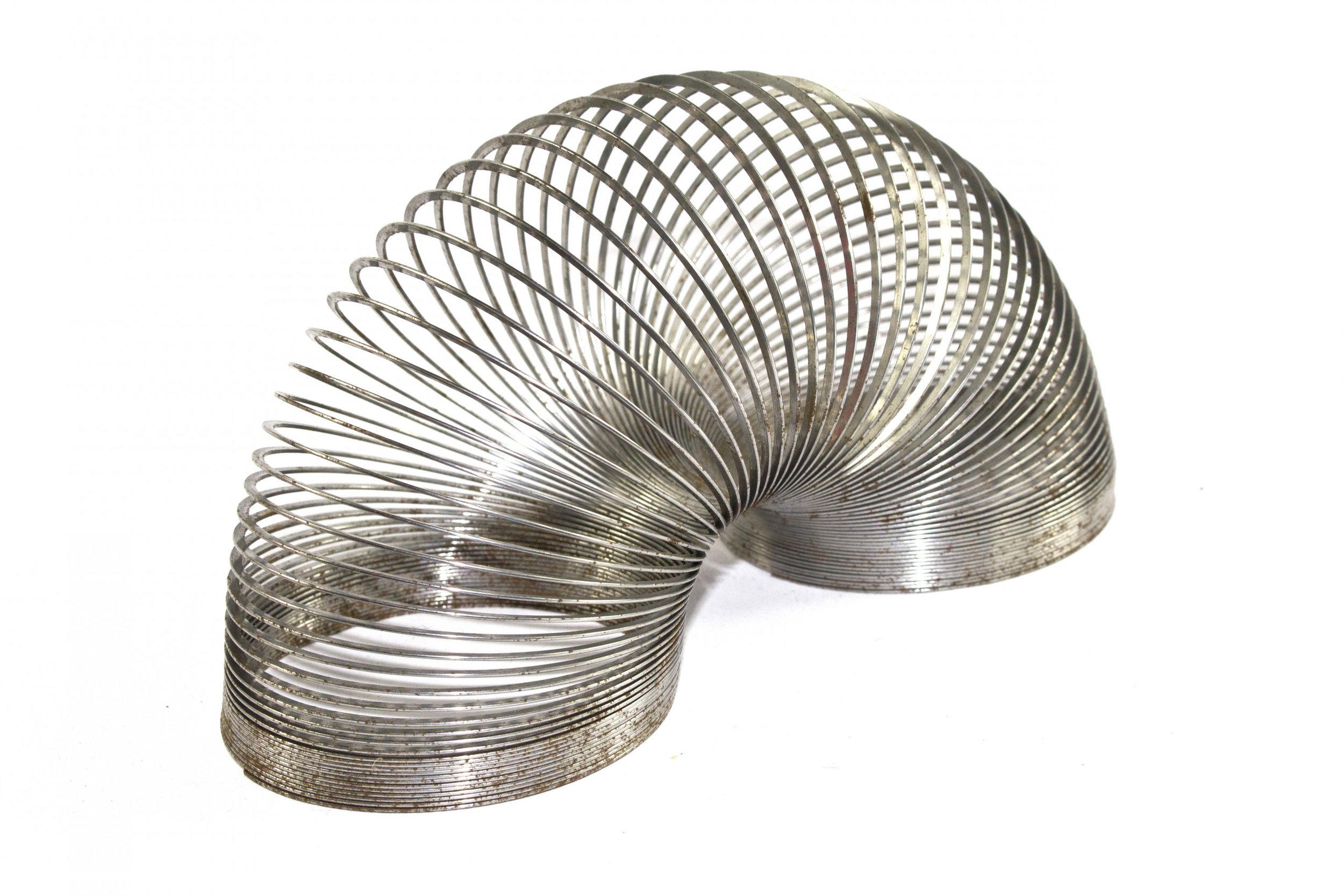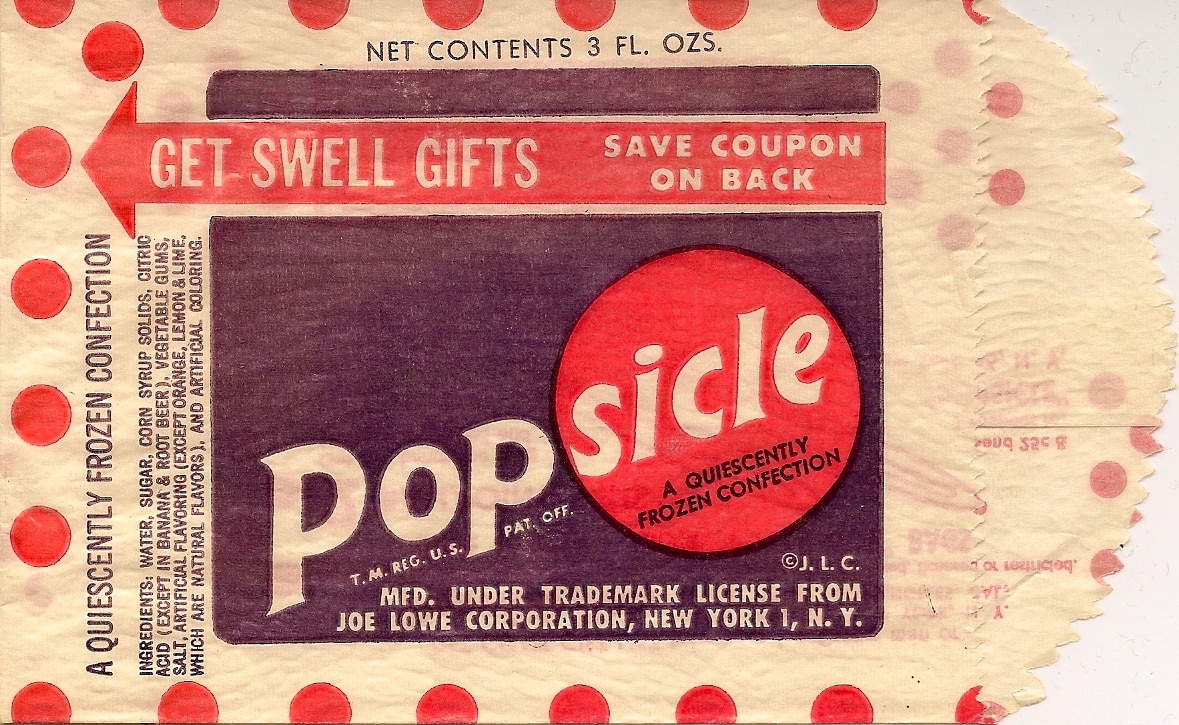When we think of “technology,” it is likely to be in the context of information technology, biotechnology, or perhaps environmental technology. None of those technologies existed in any meaningful form in the ’50s and ’60s.
But technology was very much a part of the lives of Boomer kids – it was just different kinds of technology. The most enticing technological advancement was television (and eventually color television). However, there were other thrilling innovations, such as the 45 rpm records that created a market for “single” hits, and transistor radios, which made it possible for kids to carry around radio stations that played their favorite rock ‘n’ roll tunes.
Other technologies would become important to the lives of Boomer kids. For example, the push button (“Touch-Tone”) telephone replaced the rotary dial in 1963, heralding a new era of easier teen talk. The Polaroid Land camera amazed Boomer kids by producing instantly developed photographs. The microwave helped mom create almost-instant meals.
Magnetic tape came into its own, affecting Boomers in two ways: On the video side, television shows could be recorded on tape instead of film; by 1963, “instant replay” became a feature of sports events. On the audio side, the 8-track tape made it possible for teens to play their favorite albums in their cars (even if the tape jammed every now and then). That was followed by the equally unreliable cassette tape.
Technology was changing in the world around Boomer kids as well. In 1959, the first commercial plain paper copier introduced by Xerox revolutionized the duplication process. Also in 1959, two patents were granted for tiny electronic circuits known as “microchips,” the core of just about every technology device we use today.
The Boomer era brought great technological changes, even if the Information Age was still in its infancy. Here are some of the winners & losers from the book, Boomer Brand Winners & Losers: 156 Best & Worst Brands of the 50s and 60s.
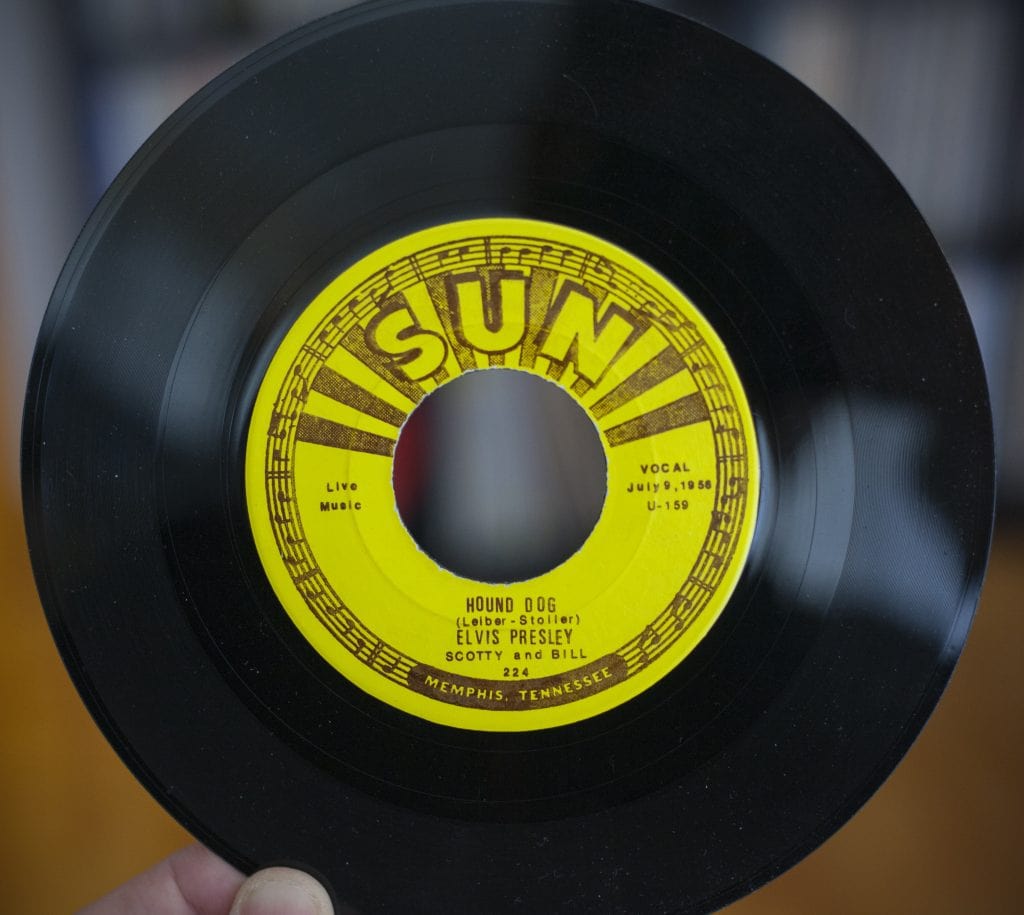
Table of Contents
Toggle45 rpm Record
RCA Victor issued the first 7-inch 45 rpm (revolutions per minute) vinyl record in 1949, about nine months after Columbia produced the first 33-1/3 rpm LP (Long Playing) record. Both of these formats were enthusiastically embraced by Boomer kids. Early on, monaural “45s” reigned supreme since they carried the single hits that typified the rock ‘n’ roll era. Performing artists and their songs became known, but young music aficionados also began to recognize such record label brands as Decca, Reprise, Sun and most notably, Motown – renowned for the “Motown sound.” Pop charts were based on the sales of single hits. Radio disc jockeys would “spin discs” and the TV show “American Bandstand” would feature lip-syncing stars crooning while kids danced in the studio. Boomer kids in their later teens and early twenties found stereo LPs more to their liking. The emergence of British rock and psychedelic or acid rock created a market for longer songs and thematic albums, often encased in elaborate artistic album covers.
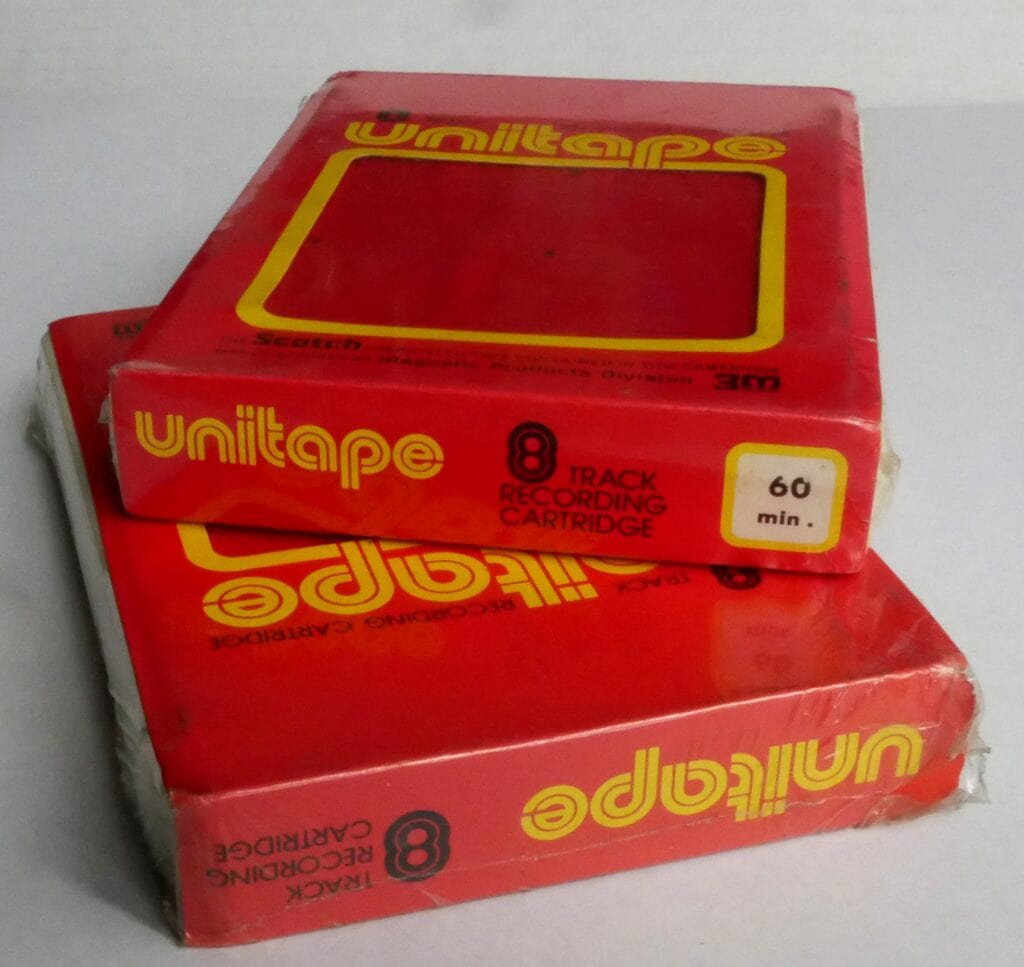
8-Track Tape
You can thank the ’50s and ’60s car culture for the development of the 8-track tape. Earl Muntz created the “Stereo-Pak” four-track stereo cartridge system for automobiles in 1962. The Lear Jet Corporation invented the “Stereo 8” tape cartridge for RCA in 1964. Ford Motor Company liked it so much that eight-track tape players were offered as an installed option in 1966 Mustangs, Lincolns and Thunderbirds. The next model year, Ford offered this option on all of its cars. Teens of the time loved having their favorite albums available to play in their cars, so it wasn’t long before this technology was introduced into homes. Eight-track tapes were convenient and portable, easily moving back and forth from car to home. Some consumers even saw them as a replacement for LPs. By the late ’60s, eight-track tapes were so popular that record companies produced tape versions of their vinyl records within a month of release. However, with the advent of the smaller, portable cassette tape in 1962, the eight-track tape declined in popularity and virtually disappeared by the early 1980s.
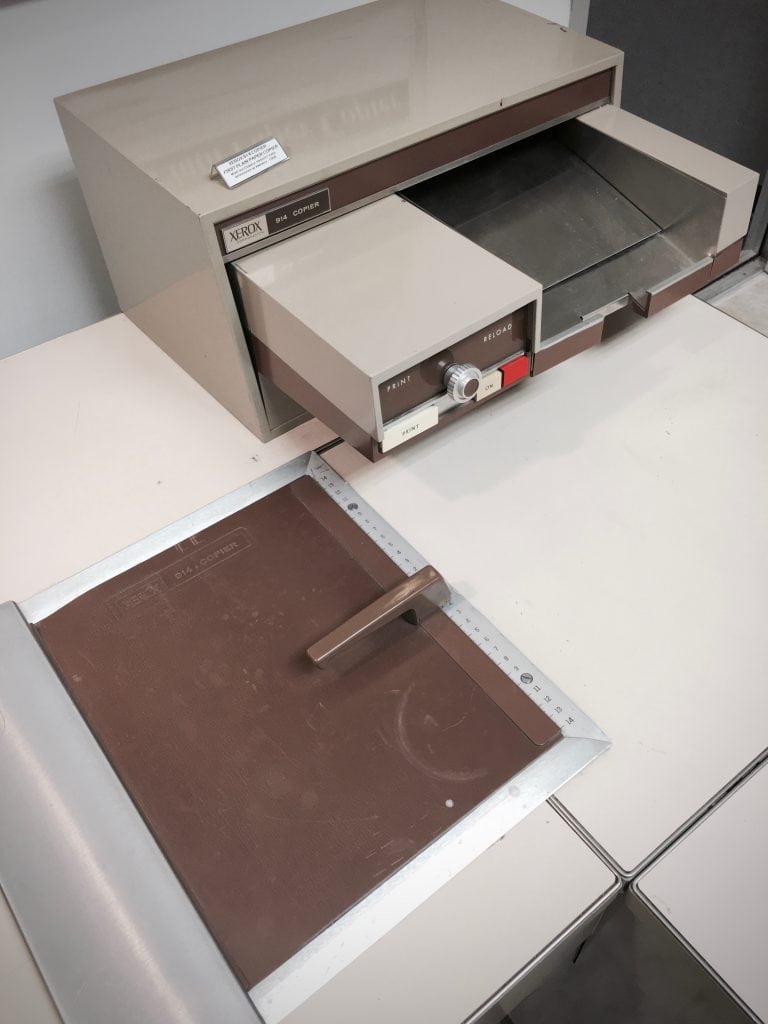
Xerox 914 Copier
We take making copies for granted today, but in the ’50s, modern copying didn’t yet exist. A photographic paper and equipment manufacturer, The Haloid Photographic Company, developed a process they named “xerography,” derived from the Greek words for “dry writing.” In 1959, the company, which had changed its name to Haloid Xerox, introduced the “Xerox 914” copier. It used a dry toner process to copy onto plain paper, a first. An ad campaign featured monkeys making copies by simply touching a button. The product was such an astounding success that the company renamed itself Xerox Corporation and recorded close to $60 million in sales by the end of 1961. In 1963, Xerox introduced the first desktop plain paper copier, and the company remained the leading copier manufacturer throughout the ’60s. Probably its most famous ad campaign was launched in the 1970s, when a monk named “Brother Dominic” used a Xerox copier instead of making illuminated copies by hand. Despite its trademarked name, “Xerox” has entered our lexicon as a word that universally represents “copy.”
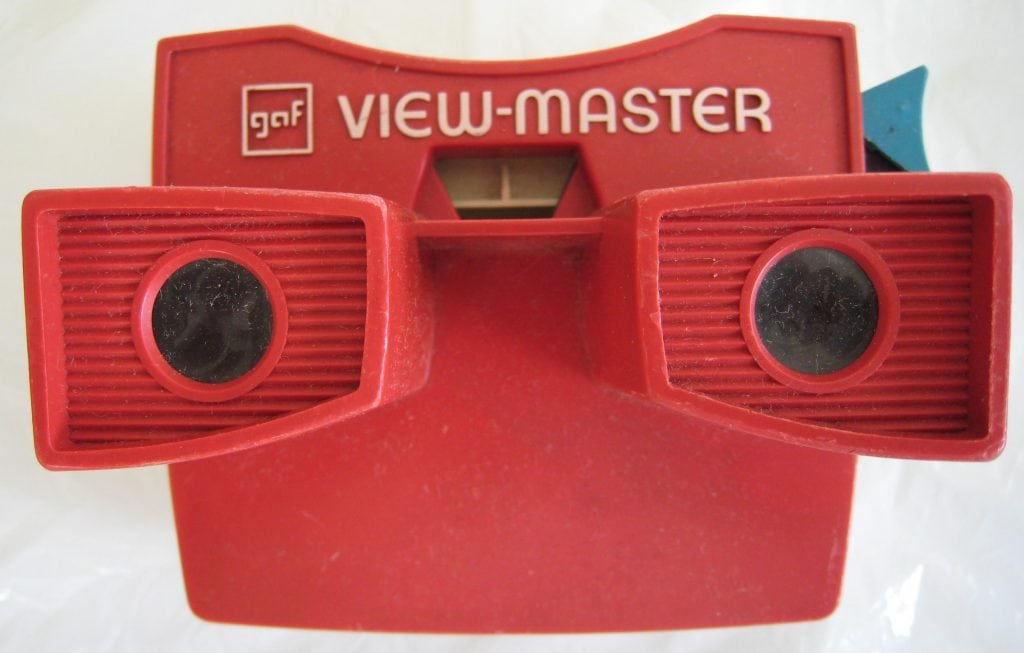
View-Master
Debuting in 1939, the “View-Master” was a stereoscope device that used cardboard reels with pairs of photographic images that appeared to be three-dimensional when viewed. It became popular with Boomer kids in the ’50s after View-Master acquired a competitor and gained licensing rights to Walt Disney Studios. Throughout the ’50s and ’60s, newer, more streamlined versions of the View-Master were introduced, including the first plastic model in 1962, along with an ever-increasing line of reels. When GAF bought the company in 1966, the reels appealed to Boomer kids by relying on tie-ins with cartoon characters and television shows. However, the decades-old technology was aging; it could never really compete with color television and the movies. GAF tried to keep View-Master vibrant by introducing “talking” models and projectors in the 1970s and 1980s. In an effort to maintain brand relevance, Mattel, the current owner of View-Master, teamed with Google to produce a “View-Master Virtual Reality Viewer.” A movie based on View-Master is also being considered. Really?!
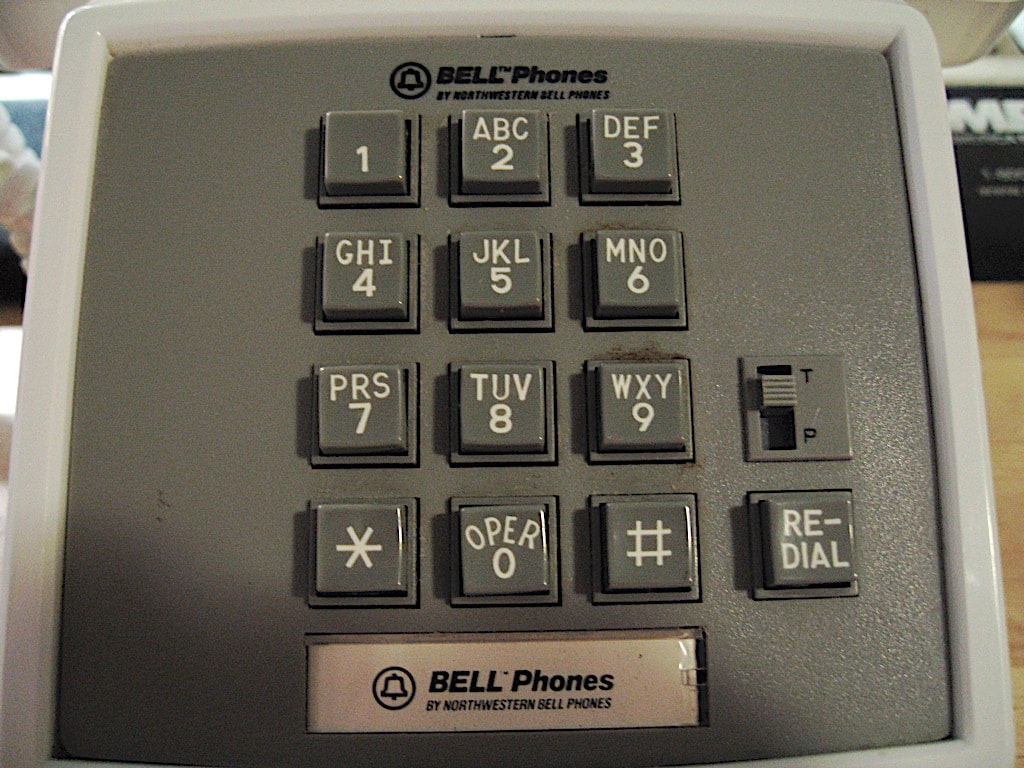
Touch-Tone Telephone
Boomer kids (and their moms) sure liked talking on the telephone. Not to be sexist, but it was largely adolescent and teenage girls who burned up the telephone lines, spending hours chatting with their friends. A prized birthday gift for a Boomer kid was getting his or her own phone (a land line phone with a physical cord was the only option back then). Of course, conversations with a boyfriend or girlfriend often had to be conducted in the privacy of a closet! Telephone technology kept up with our communication needs. In 1959, the Bell System’s “Princess,” brilliantly targeting women, featured a low-profile design, a light-up dial that functioned as a night light, and a remarkable range of colors. It was the perfect accessory for any bedroom. In 1963, a revolutionary technology known as “dual-tone multi-frequency” was introduced by Bell under the name, “Touch-Tone.” How exciting it was to push those buttons and here the different tones! It took twenty years for Touch-Tone technology to replace rotary or pulse dialing, but push-button phones eventually became a worldwide standard.


